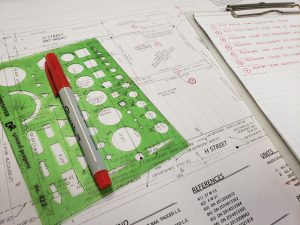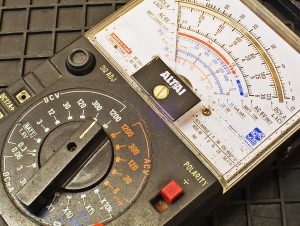You’ve got the panels, batteries, inverter, and controller. Now comes the unglamorous but absolutely crucial question: where does all this stuff actually go? A well-thought-out installation isn’t just about making things fit—it’s about safety, efficiency, and making sure you’re not cursing every time you open a storage hatch.
Solar Panel Mounting Options
Roof Mounts (Fixed):
The most common approach. Panels bolted directly to your trailer roof are always charging when the sun’s shining. It’s simple, low-maintenance, and keeps your panels out of the way. The downside? Park in the shade, and you’re out of luck.
Tilt Mounts:
Tilting panels can dramatically improve efficiency, especially in winter when the sun sits low. The tradeoff is complexity—you’ll need to climb up and tilt them manually, which is fun until it’s icy or windy. Most people flat-mount for convenience, but tilt kits are worth it if you’re chasing every watt.
Portable / Suitcase Panels:
These give you flexibility to park in the shade while chasing the sun on the ground. They’re great for supplemental charging, but you’ll need to store them, set them up, and keep an eye on them (yes, theft happens).
Hybrid Approach:
Many campers run a combo: fixed panels for baseline charging, plus a portable suitcase for cloudy days or longer stays.
Battery Mounting & Placement
Batteries are heavy, temperamental, and potentially dangerous if not secured properly. Treat them like precious cargo:
-
Battery Boxes: Protect against bumps, spills, and accidental shorts.
-
Ventilation: Lead-acid batteries release gases when charging, so they need airflow. Even sealed AGM and lithium batteries like breathing room.
-
Location: Keep them low (for weight distribution), out of extreme temps, and close to your inverter/charge controller to minimize cable runs.
-
Securing: Ratchet straps or bolted-down brackets are your friend. The last thing you want is a 70-pound lithium battery sliding around when you brake hard.
Inverter & Charge Controller Mounting
Inverters get hot under load. Don’t stick them in a sealed cubby where heat has nowhere to go. Mount them on a sturdy wall with a few inches of clearance and plenty of airflow. Keep them close to your batteries—shorter DC runs mean less voltage drop.
Charge Controllers also need airflow and should be mounted near the batteries for accurate voltage readings. Don’t bury them behind a pile of camping gear—you’ll want to check the readouts occasionally.
All-in-One Power Stations
If you’re running an all-in-one unit, placement is much simpler. You just need a secure, ventilated space where it won’t overheat or get kicked. Since they’re portable, many people keep them under a bed, in a cabinet, or strapped down near the door for easy access. Just remember—they still need airflow, and they still weigh a ton.
Installation Hardware
A proper install doesn’t stop at picking locations—you need the right hardware to make sure it all stays put:
-
Panel Mount Kits: Aluminum brackets, bolts, and sealant designed for RV roofs. Don’t just grab random screws—you’ll regret it when leaks start.
-
Battery Hold-Downs: Brackets or straps strong enough to handle road vibrations.
-
Cable Clamps & Loom: Keeps wires tidy, prevents abrasion, and avoids the dreaded “rattle” on bumpy roads.
-
Grommets & Sealant: Anytime you drill through a wall or roof, protect the wire and seal the hole. Water is the enemy.
Practical Tips
-
Plan before you drill. Once there’s a hole in the roof, you’re committed.
-
Use butyl tape and lap sealant on all roof penetrations to prevent leaks.
-
Keep weight balanced—don’t put all your batteries on one side of the trailer.
-
Think about serviceability. Can you reach fuses, terminals, and switches without dismantling half your camper?
-
Label your disconnect switches clearly. In an emergency, you don’t want to guess.
Wrapping It Up
Mounting and installation isn’t flashy, but it makes the difference between a reliable, quiet solar system and a rattling, overheating headache. Do it right, and your gear will stay secure, safe, and easy to maintain for years of off-grid adventures. Do it wrong, and you’ll be learning how to patch a leaky roof the hard way.
Your Turn
-
Would you rather flat-mount your panels and keep it simple, or climb up to tilt them for maximum efficiency?
-
Where in your trailer would you stash a heavy battery bank—inside for warmth or outside for convenience?
-
Have you ever had gear come loose while driving? How did you fix it?
-
What’s your go-to sealant or roof protection product for installs?
-
Do you prioritize airflow, accessibility, or aesthetics when deciding where to mount components?






